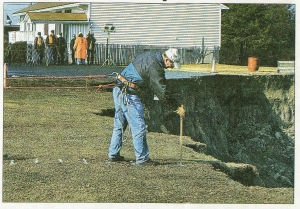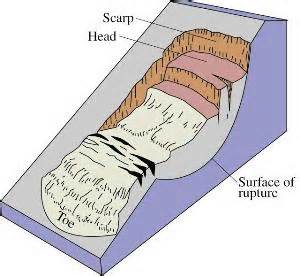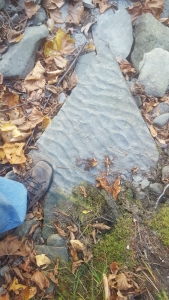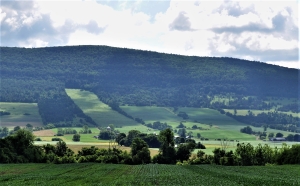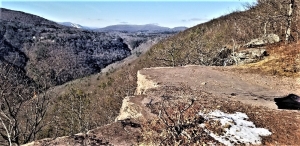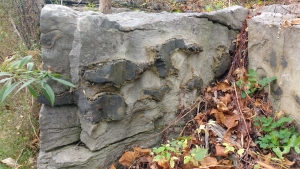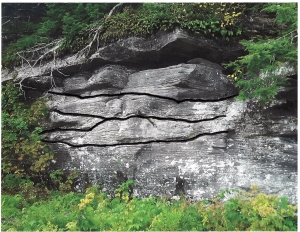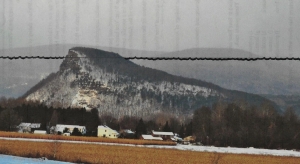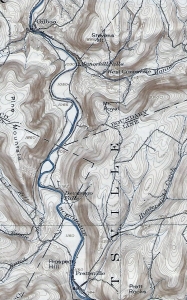Some fossils from a reader July 14, 2023
Our reader’s Rocks: Mt. Tremper fossils
The Catskill Geologists
Robert and Johanna Titus
Robert and Johanna: Attached are some photos of fossils I found at Mt. Tremper. I would love to know more about them Linda Senft
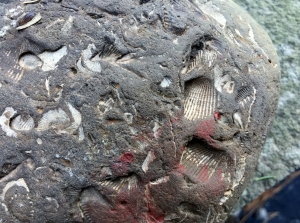
Linda: Thanks for your photos. We enjoy getting things like this in our email. We too, have spent time exploring the Mt. Tremper vicinity. We described the stone used in building the Zen Mountain Monastery there in one of our recent Kaatskill Life articles. In many ways your fossils seem unremarkable. These are just commonplace fossils, found throughout our region. And, as is also common, none of them are especially well preserved, most of them are just broken fragments. But, we don’t want to do an injustice to these ancient animals; there is so much more.
The gray rock in which they are petrified is, without any doubt, limestone. That, all by itself, conjures up quite some fine images. Limestone almost always forms on the floor of a shallow, tropical sea. The best examples that we know of, are found in the Bahamas, or off the western coast of Florida. Have you been? If so, then you can conjure up images of shallow, sparkling, aqua-colored seas. If you look around Mt. Tremper, you will quickly see that things have changed!
The fossils that we can identify are the ones with ridged surfaces. These are animals, shellfish that are called brachiopods. We described and illustrated them earlier this year, in our June 16th article. Brachiopods are a group of shellfish that you should acquaint yourselves with; they are enormously common in Devonian marine sedimentary rocks. Wikipedia can help you a lot.
Brachiopods are still alive, but there are only a few hundred species still found.
There are tens of thousands of species in the fossil record. The Devonian time period was a very good stretch of time for these invertebrate animals. We find thousands and thousands of them here in the Catskills so, you can see why we urge you to become knowledgeable of them.
During the Devonian, brachiopods littered the floor of the Catskill Sea. They lived simple lives; they drew water into themselves and filtered bits and pieces of nourishing biological materials out of that water. That was their food. They are called filter feeders. It wasn’t exciting but they got by just fine.
In many ways, what makes your fossils even more interesting is where you found them. Mt. Tremper is composed and sandstones and shales that accumulated on the Devonian Catskill Delta. We have written about that from time to time. We promise you, these brachiopods did not live on the dry lands of the Catskill Delta.
Those limestones, your fossils were found in, were also not formed on a delta; they formed in that shallow sea. These limestones belong to a unit of rock called the Helderberg Limestone. It is found up and down the Hudson Valley and also along the southern flank of the Mohawk Valley. It is found in Mt. Tremper, but it is buried under a few miles of sandstones and shales. These limestones did not work their ways to the surface; they were brought to Mt. Tremper by glaciers.
If you look at a map you can soon trace the likely path they took to get to Mt. Tremper. We know that glaciers came down the Hudson Valley. Along the way, the ice scooped up these rocks from exposed Helderberg limestone outcrops. We know some of the ice turned west and rose up the valley of Esopus Creek. These limestones were dragged to Mt. Tremper and that is where the Ice Age ran out of steam. The climate warmed, the glaciers melted, and these rocks were left behind as part of the debris of a major glaciation.
Well, at first glance, we found these fossils to be “unremarkable” but after thinking a little while, we believe they tell us a wonderful story, a story about an ancient tropical sea and a not quite so ancient ice age glacier.
Linda, now you know more about your fossils.
Contact the authors at randjtitus@prodigy.net. Join their facebook age “The Catskill
Geologist.” Read their blogs at “thecatskillgeologist.com.” You can find them in Kaatskill Life magazine and sometimes in the Woodstock Times. They are just about everywhere!

